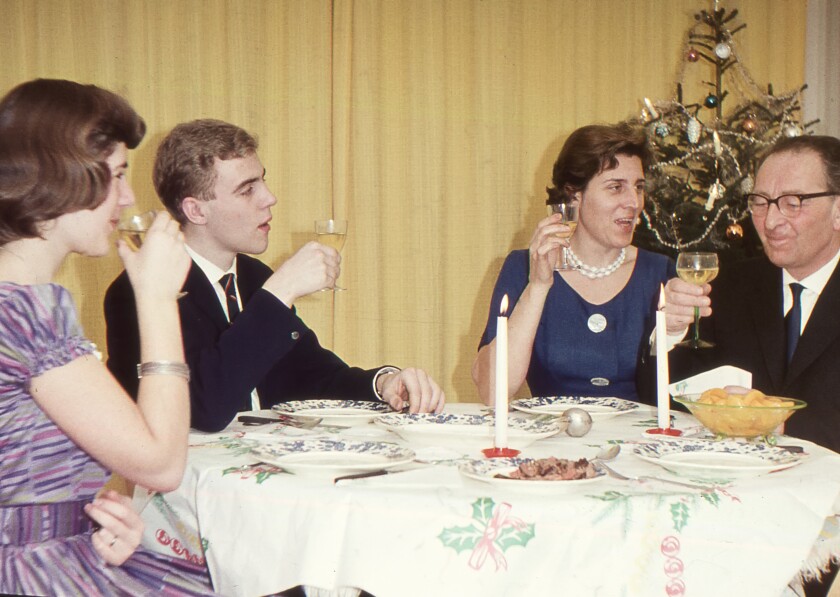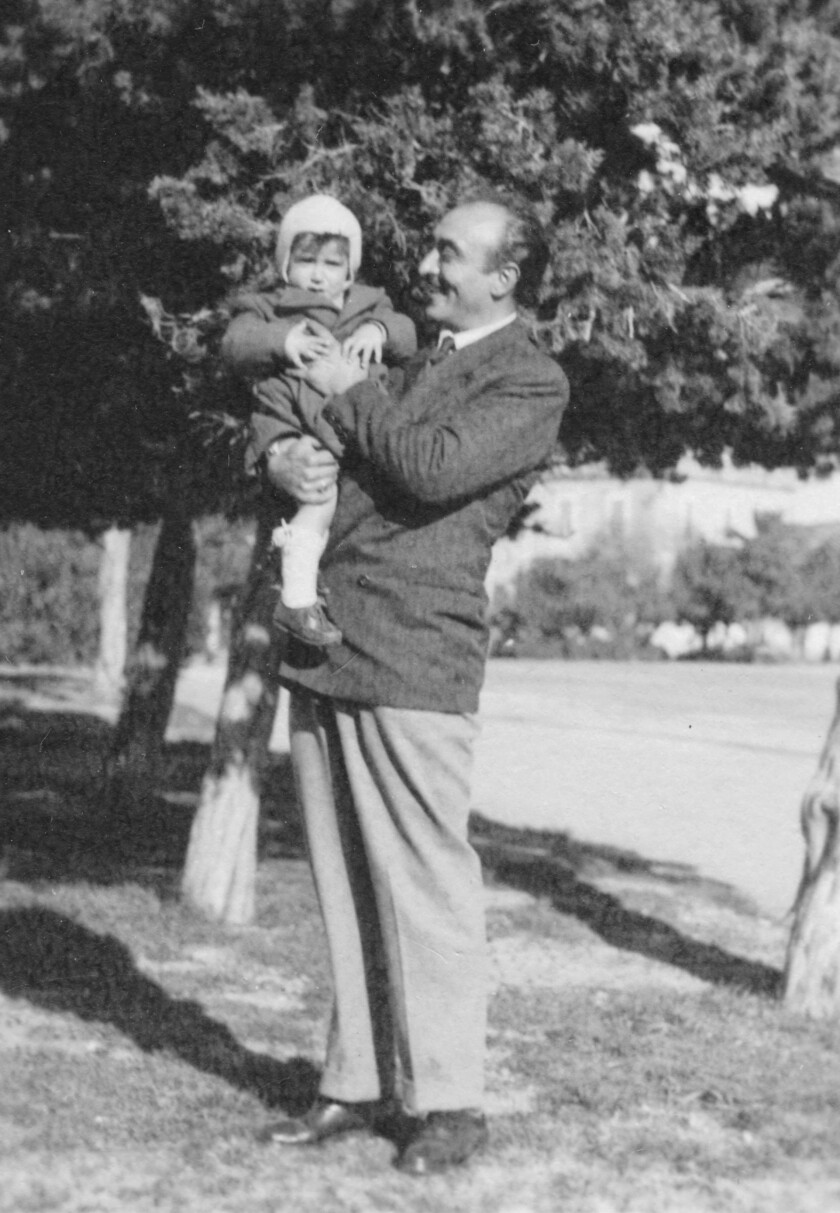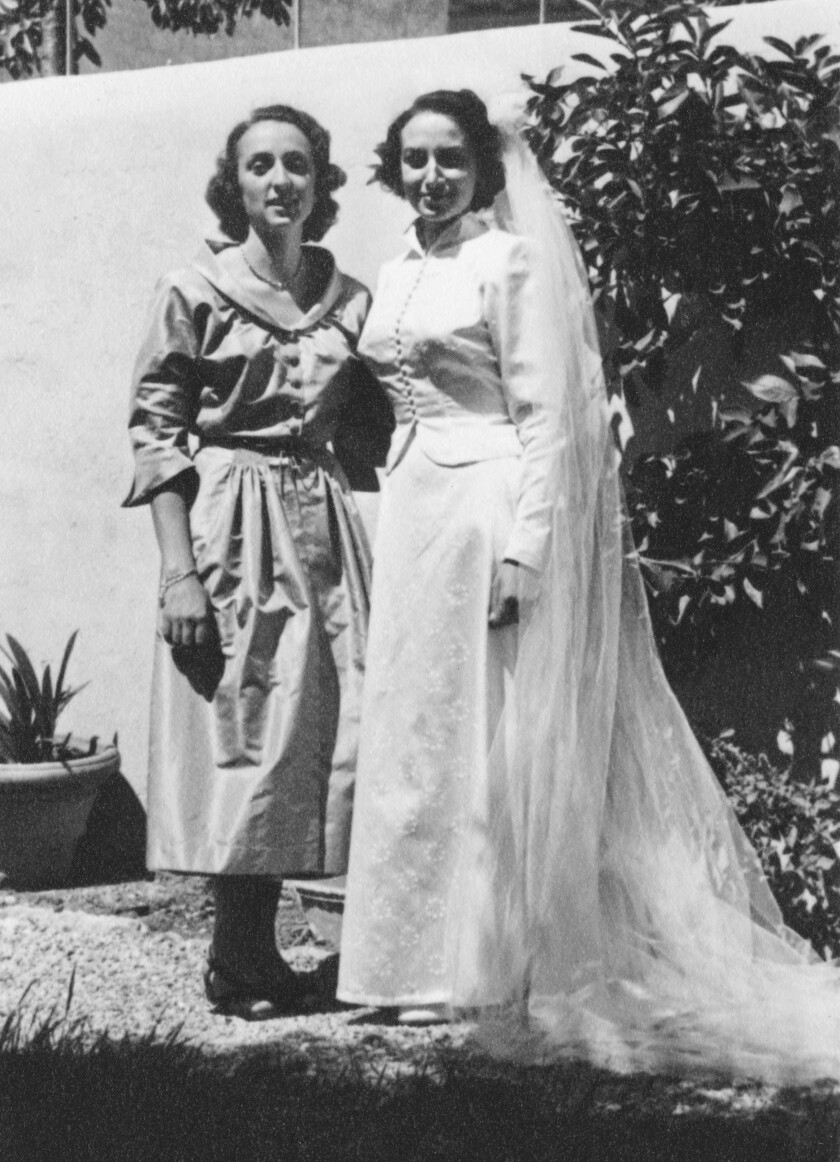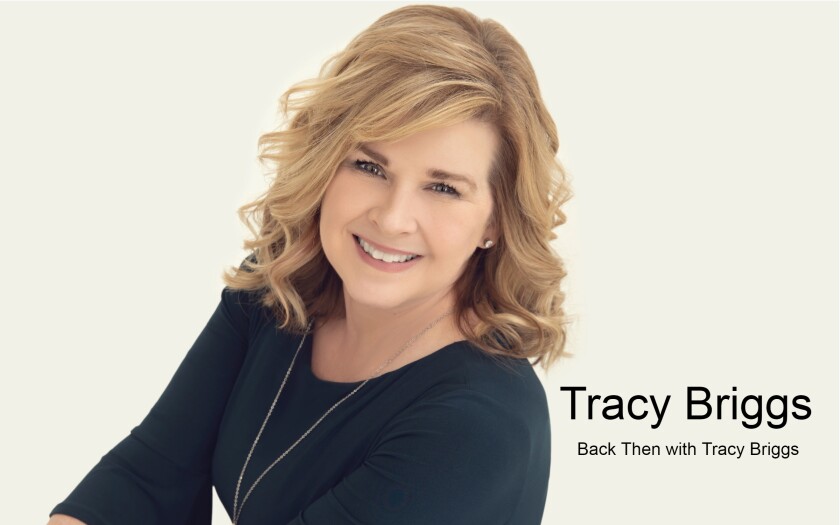FARGO — I admit it: Much of what I know about the '50s came from watching "Happy Days." Just like most of my Korean War knowledge came from "M.A.S.H." But now we can fill in the blanks that The Fonz and Hawkeye Pierce couldn't.
After 72 years locked away for privacy reasons, the National Archives and Records Administration has officially released the data from the 1950 U.S. Census.
ADVERTISEMENT
LISTEN TO THE PODCAST HERE:
You might be thinking, "How does this affect me?" You're probably not taking to the streets like Steve Martin in "The Jerk," exclaiming "The 1950 census is out! The 1950 census is out!"
Well, just stick with me. I know I'm a history nerd.
But I promise, this ginormous data dump is more than just numbers. It can really give you a sense of how life was different in 1950 compared to now. What does it say about our nation, our states and even ourselves?
Before I get into some interesting little nuggets from the census, you might be wondering, "Why did it take 72 years to release?"
According to the explanation on census.gov, "In 1952, the Archivist of the United States and the director of the Census Bureau made an agreement that the 1880 (and later) Census records could be . In 1978, ."
OK, legal mumbo jumbo aside let's get into the meat and potatoes of life in 1950. cultivated these nuggets.
American life in 1950

ADVERTISEMENT
- The country's population was 150,697,361. In 2020, the population had more than doubled to approximately 329,500,000.
- In 1950, the U.S. was four years into the famous post-World War II baby boom. With the sharp increase in births, starting in 1946 and ending in 1964, the country became younger, triggering a drop in the nation’s median age — which had been steadily increasing in previous decades. The median age dropped from 30.2 years old in 1950 to 28.1 in 1970. In 2019, the median age of Americans was 38.1 years.

- The most populous state was New York with 15 million people. The 2020 population exceeded 20 million.
- Approximately 66% of people over the age of 14 were married. That number is now down to 48.2%.

- The average family income was $3,300. Today, it's around $67,000.
- The five most popular names for girls, according to the 1950 census: Mary, Linda, Patricia, Susan and Deborah. In 2020, the top five names for baby girls were Olivia, Emma, Ava, Charlotte and Sophia.

- The most popular names for boys in 1950: James, Michael, Robert, John and David. In 2020, the top five baby boy names were Liam, Noah, Oliver, Elijah and William.

It's not surprising that James was the top name for baby boys in 1950. James Stewart tops many lists as the biggest movie star in America that year. Contributed / Public domain - In 1950, 29% of American women were in the workforce. About 57% of women were in the workforce in 2020.

- The U.S. was less diverse than today. In 1950, "white" was 89.5% of the census, followed by "Negro" (10%) and a group of "other races" (0.5%). Today, parallel categories would total 60%,12% and 28%, respectively.
- Immigrants or foreign-born persons made up 6.7% of the total U.S. population listed in the 1950 Census, with the majority born in Italy, the Soviet Union, Canada and Germany.

Tracy Briggs, "Back Then with Tracy Briggs" columnist. The Forum











